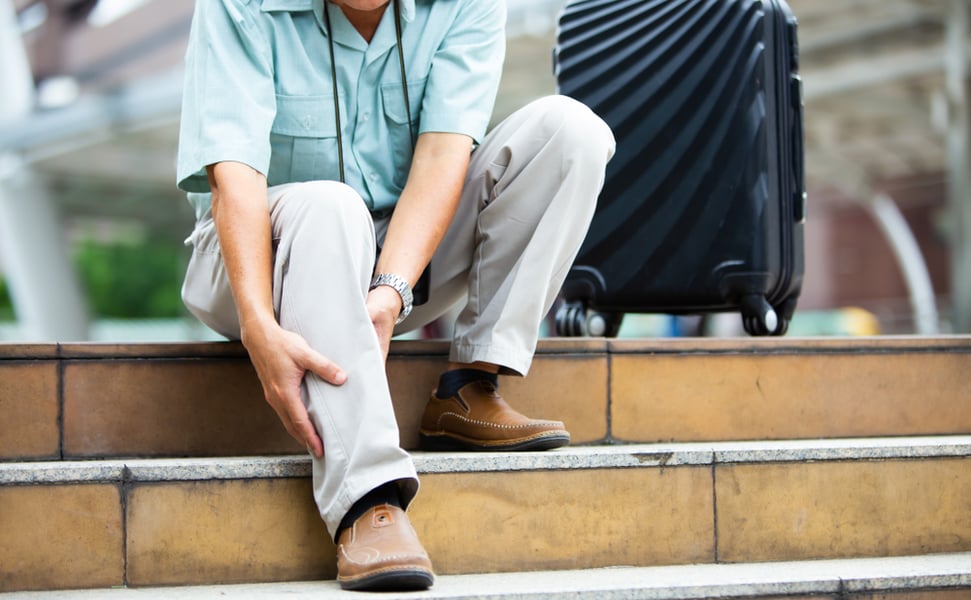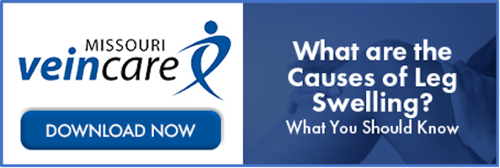What Is Blood Pooling and How Can You Prevent It?

What Is Blood Pooling and How Can You Prevent It?
Blood pooling in your legs is another way to describe something called chronic venous insufficiency - the medical term for abnormal vein circulation in the legs. Blood pooling is not a dangerous condition and it is not life-threatening. It doesn’t cause dangerous blood clots or cause people to lose their legs. It is a circulation condition that does have other symptoms. When a vein condition is in its early stages, the symptoms are relatively mild. A vein condition doesn't go away on its own, it always gets a little worse every year.
With a vein condition, the blood pools in the lower leg veins because the tiny valves that prevent the blood from backflowing into the lower legs and ankles are not working properly. Stagnant blood pools and causes symptoms associated with a vein condition.
Symptoms associated with blood pooling are:
Fatigue
Blood pooling means the blood is stagnant and the body has an inflammation reaction to this. Inflammation causes fatigue. People find they just can’t do what they used to do, especially at the end of the day when the inflammation from the vein condition is greatest. They feel tired and rundown and need to take frequent breaks throughout the day, but it gets worse as the day goes on. In the evenings, they sit down in a recliner to elevate their legs and it's really difficult to get up and do chores or activities. To make matters worse, they don’t get quality sleep at night because of the inflammation and their leg symptoms, and the cycle of exhaustion repeats itself.
Weight Gain
One of the symptoms of a vein condition is unwanted weight gain. When a vein condition goes on too long, people experience extreme fatigue, and their legs become swollen and painful. As a result, they skip exercise and stop participating in many activities - household chores, walking, playing with kids or grandkids, etc. The end result is that people burn fewer calories and ultimately gain weight, usually around 10-15 pounds a year.
Swelling and Tightness in Legs, Ankles, and Feet
People notice that their legs feel heavy and swollen. This can be painful to the point where people stop and find somewhere to sit down and elevate their legs. Often they feel better in the mornings, but the symptoms return the next day and are especially worse in the evenings.
Burning, Itching, or Stinging in Lower Legs, Ankles, and Feet
Stagnant pooling blood in the feet and lower calves causes an inflammation reaction. It's the irritation of the skin nerves from inflammation that causes the sensation of burning, stinging, and pain. Itching is usually related to effect that inflammation has on the tissues and under normal conditions is part of helping the body heal. However, with a vein condition, the inflammation is not normal. The itching can be severe and people may scratch to the point that they leave marks on their lower calves and feet.
Leg or Foot Cramps
If your leg cramps happen most often in the evening or at night, there is a very clear correlation between a vein condition and leg cramps. Most healthcare providers don't know that cramps are often associated with a vein condition and resolve after treatment.
Varicose Veins and Spider Veins
In the early stages of a vein condition, people may develop tiny spider veins, especially on the inner ankles. Over time as the blood pooling progresses, they may notice more prominent larger veins bulging from beneath the skin surface. These varicose veins usually indicate a more advanced and longstanding condition.
Brown Skin Staining or Leg Ulcers
Another sign of a more advanced vein condition is the presence of brown discoloration of the skin around the calves and ankles. This is a condition called hemosiderosis or skin staining. It is the result of pooling blood leaking out of the veins into the adjacent tissues.
Will Treatments Help Blood Pooling in the Legs?
Left untreated, a vein circulation problem with advance to the point where stagnant blood pooling in the lower legs can result in excessive inflammation, skin staining, and in extreme cases, skin sores. For that reason, it's important to treat a vein condition sooner rather than later. The good news is that after treatments, circulation can return to normal function and the symptoms go away.
Treatments are easy on patients and very effective these days. If you are suffering from any of the symptoms above, it is likely you have chronic venous insufficiency. We recommend a couple of next steps:
We recommend compression stockings.
Most insurance companies are going to require you to wear compression stockings for a period of time before they will approve treatment, so we recommend you try them. Most people find they give some relief and allow them to continue their active lifestyle, but they won't make the condition go away or prevent it from getting worse over time.
We recommend vein treatments.
Treatments get to the source of the problem by eliminating the abnormal veins that aren’t working. With vein treatment, the blood pooling goes away. The body simply reroutes the blood flow to veins that are working normally. The result is that circulation speeds up, blood pooling goes away and symptoms either improve significantly or go away. The biggest surprise for most patients is that their energy returns and they are able to participate in life activities again.



